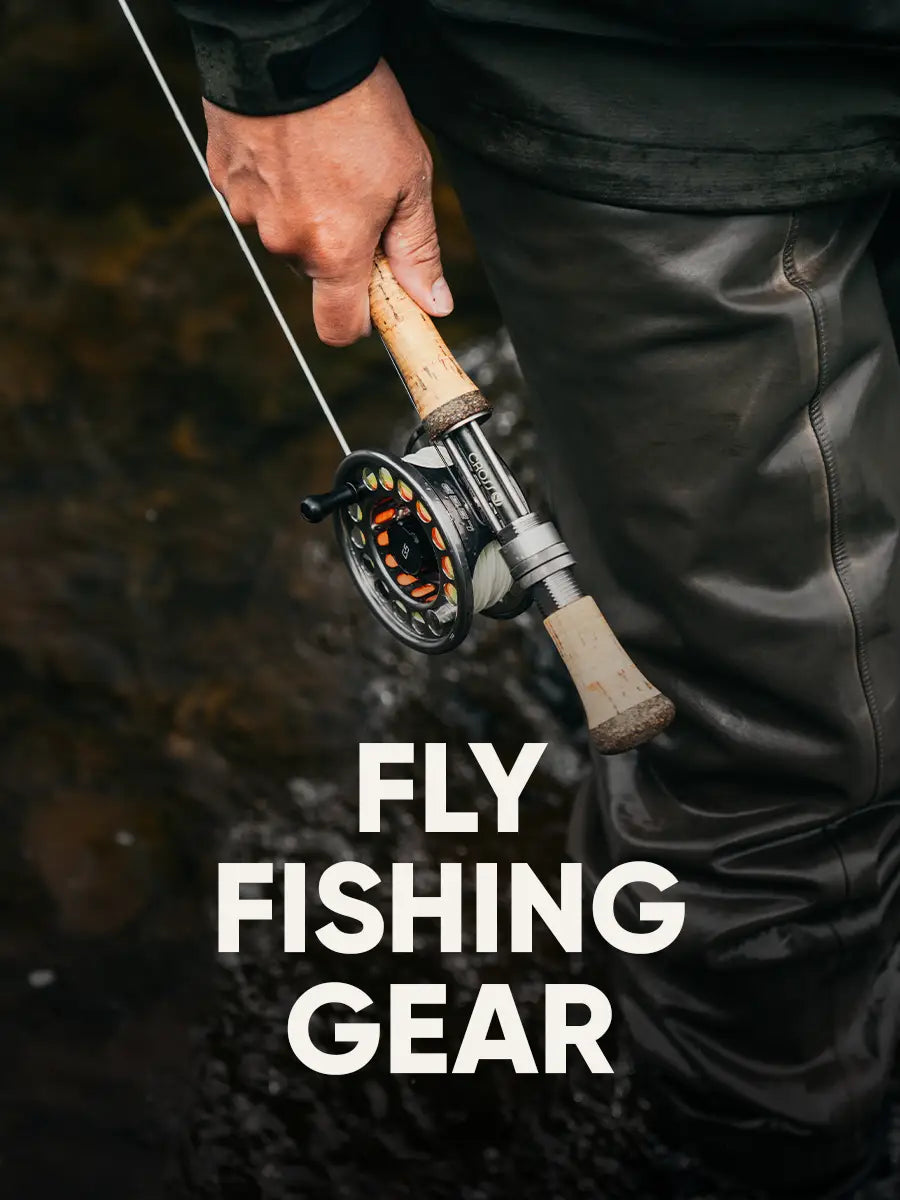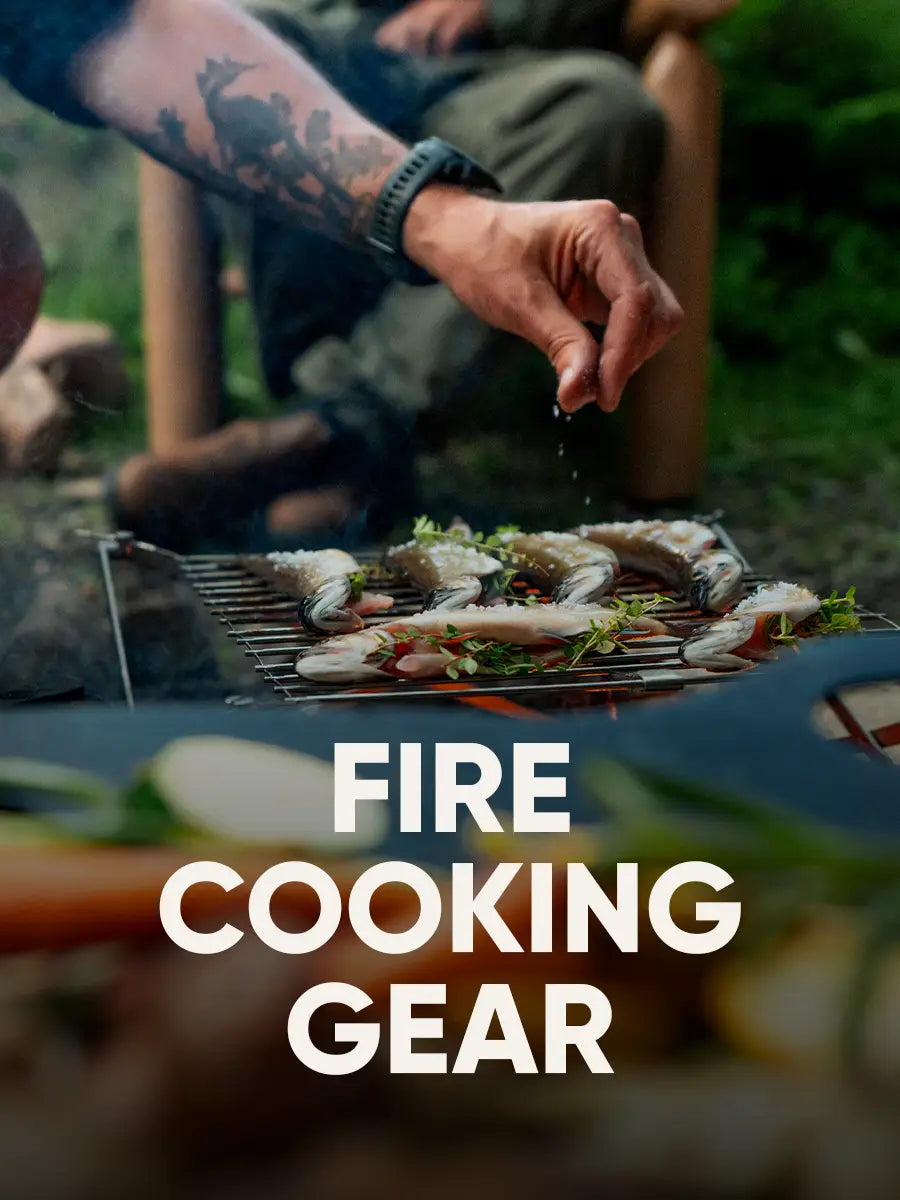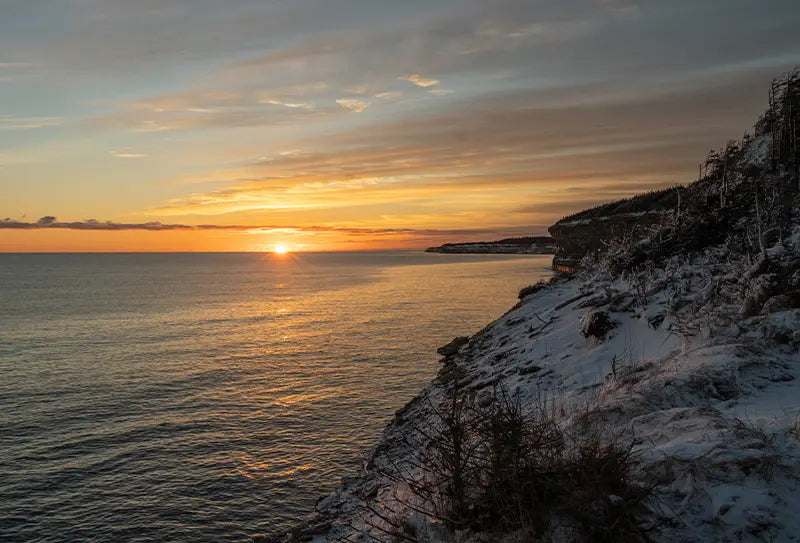Founder and partner at Hooké, Fred Campbell has dedicated the last 12 years to documenting and inspiring people through his fly-fishing and hunting adventures in uncharted and unexplored territories. Driven by an insatiable thirst for learning and discovery, Fred has traveled to Anticosti Island to hunt deer on several occasions. Each trip had a different mission, but they were all equally exciting and instructive. In 2018, during a shoot, he explored the largest island in the Gulf of St. Lawrence, a unique and rarely visited place. He became interested in its wildlife, environment and ecosystem. To deepen his knowledge of hunting, he returned the following year, this time accompanied by experienced hunters. On his third trip, he harvested two magnificent deer and shared his passion and knowledge with friends and family.

A Quebec territory of unparalleled wealth, Anticosti National Park, managed by Sépaq, boasts one of the highest densities of deer per square kilometer in North America. It's a hunting ground of predilection for keen hunters. Due to growing demand, places to go on the island to hunt big game are limited. That's why it's crucial to prepare well before you leave to optimize your chances of success and make the most of this larger-than-life experience once you're there.
Book an Anticosti hunting trip here.

Fred's Advices
1) The Sépaq Anticosti experience
It's crucial to register at the right time! To gain priority access to the Sépaq hunting sector you're interested in, you must participate in the draw that takes place in December every year. First-round winners will be contacted at the end of January. If your name doesn't come up, you can always try again in the second round. Finally, if you're desperately short of luck, from mid-February you'll be able to access the reservations for all and choose from the stays and dates still available.
2)Hunting areas and conditions
Unlike hunting on the mainland, hunting on Anticosti begins in early September and lasts until December, giving hunters a longer period in which to harvest. This particularity, however, requires distinct techniques and approach. Sépaq's "Harvest in September" guide is an invaluable resource for preparing for this early hunt.
Deer behave differently throughout the hunting season. It's important to remain open to your guides' advice and adapt to changing circumstances. Be receptive to nature's signs and be patient. Some areas will be more suitable for harvesting than others, depending on the time of year.
In September, these animals feed in all environments: marshes, bogs and mature forests where mushrooms abound. As the sun sets, hunting is most fruitful along roadsides and in clearings. These conditions make most areas ideal for harvesting deer.
During October, when the first frosts arrive, the deer are at their heaviest and move to the seashore to eat seaweed. This is when success rates are highest in coastal areas. This is also when the taste of the meat is at its peak.
From the beginning of November, the annual rut begins, testosterone levels rise and males begin their efforts to seduce and eventually mate with a female. During this period, the males abandon their usual routines and travel long distances, increasing the chances of encountering them at any time and any place during the day. Their tracks are easily spotted early in the morning or after a snowfall. We highly recommend deer call imitation and decoy strategies at this time of year.
In the few areas to the south, hunting lasts until December, when the animals finish their migration. The density of deer in the same area is very high. This is the best time to hunt along the coast.
3) Gear and ethical hunting
Because of its geographical position in the St. Lawrence Gulf, the weather on Anticosti Island can be more difficult and rigorous than at the same time in Quebec. It's not uncommon to wake up to a rainy, cold and foggy morning in October, or to have to hunt in the snow in November. It's important to plan ahead with warm, appropriate clothing, and to opt for multi-layer systems.
Fine hunting requires a great deal of preparation and patience. Hunters have to walk several kilometers for several hours before encountering an animal. Waterproof, quiet and comfortable boots will keep you going longer. A supportive backpack is also essential. Don't hesitate to bring plenty of provisions like energy bars and water to sustain your physical effort throughout the day. Binoculars, a knife, a small first-aid kit, GPS and Avenza Maps are also highly recommended.
Unlike cache hunting, fine hunting requires hunters to be on the move at all times. You have to stay focused and on the lookout, as the animal can appear at any moment. We recommend using a light rifle that you're comfortable hunting with and that you've practiced shooting with a few times before your stay.
When you come across a deer, you'll only have a few seconds to brace yourself, activate the safety catch, look and align the sights before taking the shot. The adrenalin will be pumping, and many hunters prefer to use a shooting stick to ensure that their shot is accurate and doesn't injure the game unnecessarily. Hunting is an activity that must be carried out in harmony with nature, and not at any price.
In conclusion, I've had the opportunity to travel to some extraordinary places in my career, but few can rival the exceptional nature of Anticosti Island. If you have the opportunity to go there, I strongly recommend that you arrive well-prepared for your stay, to optimize your hunting chances and, above all, to make the most of your time spent on this magnificent territory.















